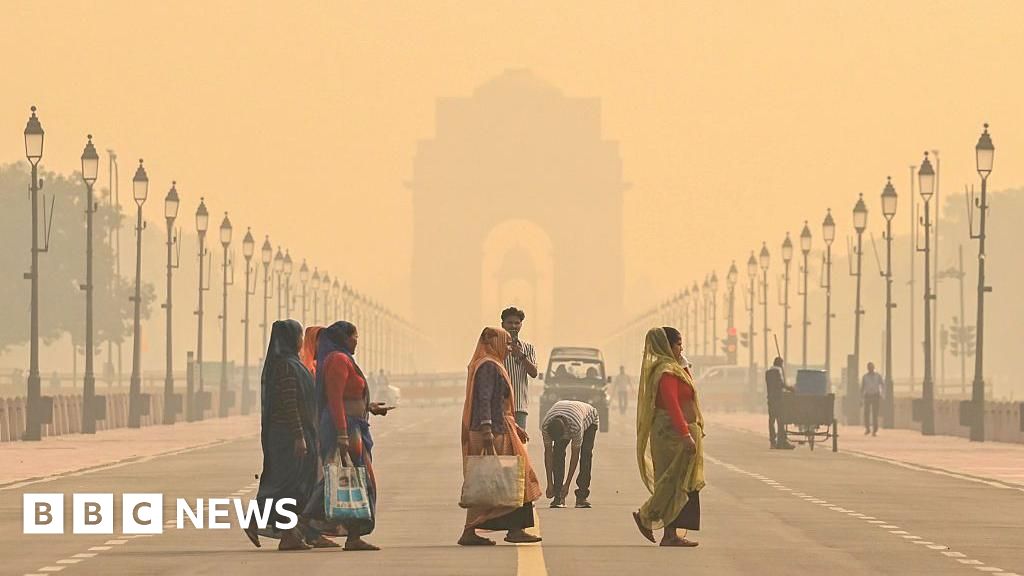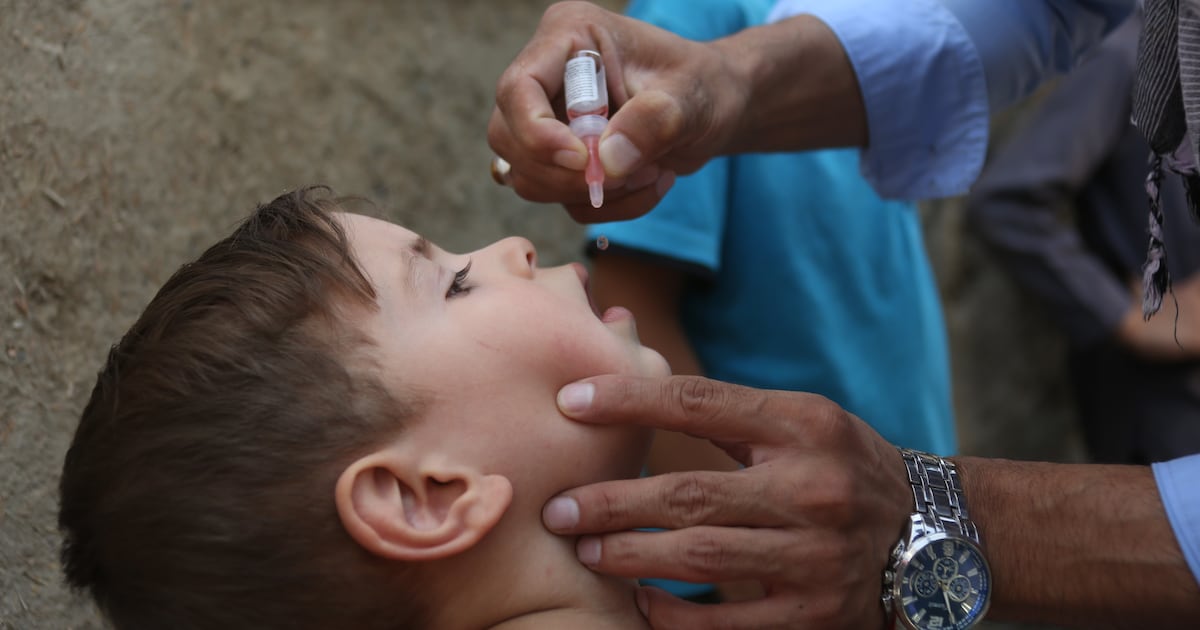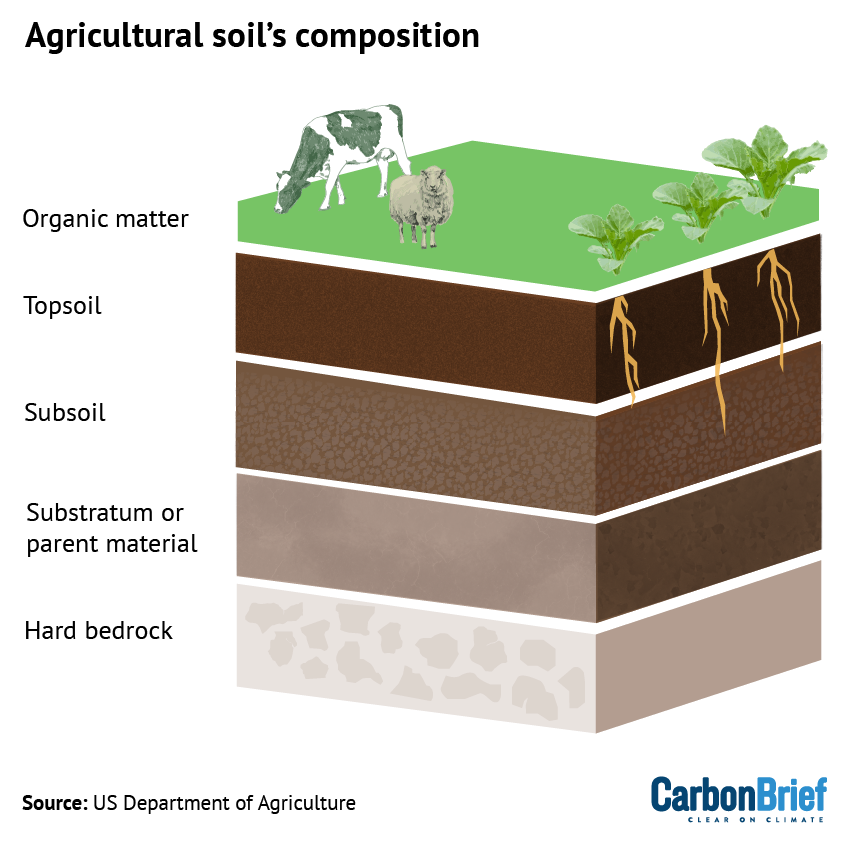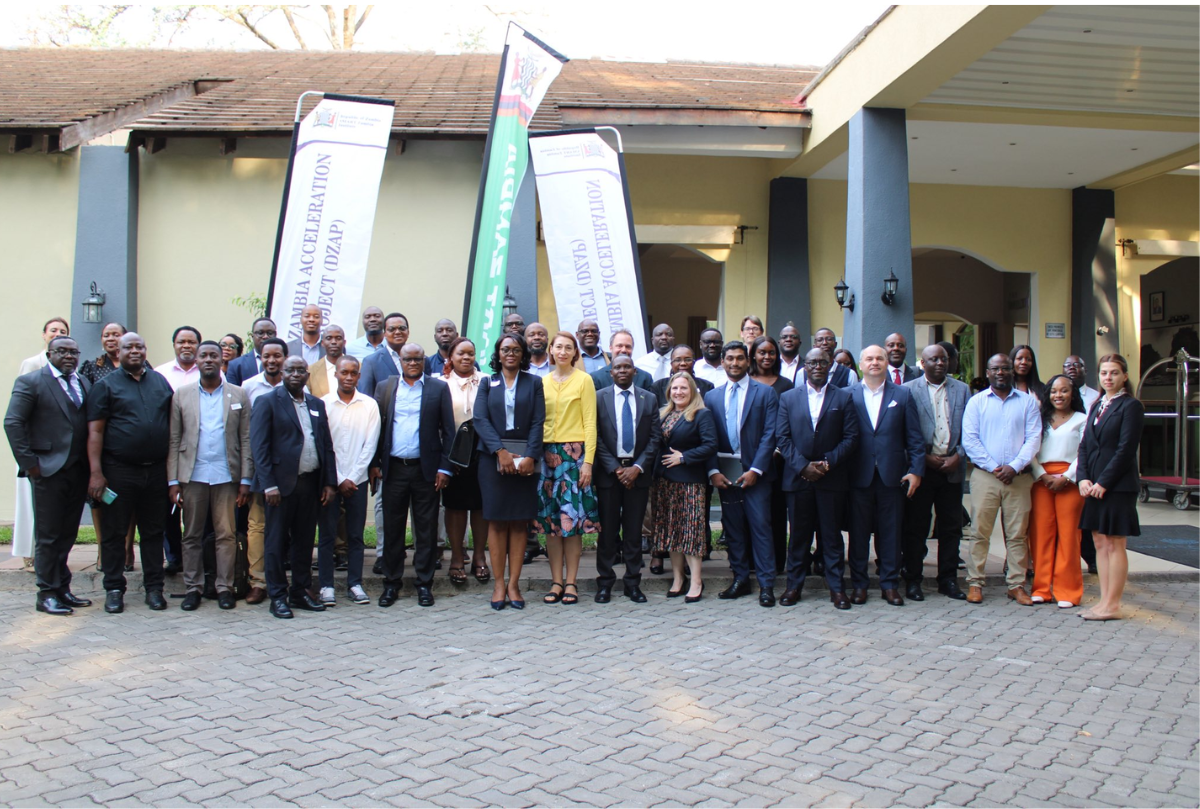Mozambique: Very high adolescent birth rate – Club of Mozambique

Report on Teenage Birth Rates and Population Growth in Mozambique

Introduction
Mozambique ranks fourth globally for birth rates among girls aged 15 to 19, according to the 2025 State of World Population report by the United Nations Population Fund (UNFPA). The report also projects that Mozambique’s population will double within 25 years.
Key Population Statistics
- The teenage birth rate in Mozambique from 2001 to 2024 is 158 births per 1,000 girls aged 15-19, ranking behind Central African Republic (184), Equatorial Guinea (176), and Angola (163).
- The fertility rate in Mozambique stands at 4.6 children per woman, compared to higher rates in Angola (5.0), Niger (5.8), Central African Republic (5.8), Somalia (5.9), and Democratic Republic of the Congo (5.9).
- The current population is estimated at 35.6 million, with 44% aged 14 or under and only 3% over 65 years old.
- Population doubling time is projected at 25 years, surpassed only by Ukraine (19 years), Syria (20 years), Somalia (21 years), Sudan, Democratic Republic of the Congo, Niger (22 years), and Yemen (24 years).
- Life expectancy averages 67 years for women and 61 years for men.
Challenges Highlighted in the Report
The report emphasizes several critical challenges aligned with the Sustainable Development Goals (SDGs), particularly SDG 3 (Good Health and Well-being), SDG 5 (Gender Equality), and SDG 10 (Reduced Inequalities):
- Limited reproductive rights and decision-making: Only one in three Mozambican women can freely decide the number of children they have, largely due to limited access to sexual and reproductive health services.
- High rate of unplanned pregnancies: On average, one child per family is born from an unplanned pregnancy, indicating gaps in family planning and education.
- Premature unions: Nearly 48% of girls who give birth for the first time do so before the age of 18, reflecting early marriage and childbearing practices that affect girls’ health and education.
- Economic insecurity and gender inequality: These factors create barriers to accessing healthcare and exercising reproductive rights.
UNFPA Recommendations and SDG Alignment
During the report presentation in Maputo, UNFPA Representative Nélida Rodrigues stressed the need to shift the focus from the number of children to empowering individuals with the freedom and equality to make reproductive choices. This aligns with the following SDGs:
- SDG 3: Ensure healthy lives and promote well-being for all at all ages by improving access to sexual and reproductive health services.
- SDG 5: Achieve gender equality and empower all women and girls by addressing early marriage and promoting decision-making autonomy.
- SDG 4: Ensure inclusive and equitable quality education to reduce early pregnancies and premature unions.
- SDG 10: Reduce inequalities by tackling economic insecurity and social barriers.
Conclusion
The 2025 State of World Population report underscores an urgent reality in Mozambique where millions desire to have children but face significant obstacles related to economic, social, and health inequalities. Addressing these challenges through targeted policies and programs is essential to advancing Mozambique’s progress towards the Sustainable Development Goals.
Source: Lusa
1. Sustainable Development Goals (SDGs) Addressed or Connected
- SDG 3: Good Health and Well-being – The article discusses teenage birth rates, fertility rates, life expectancy, and access to sexual and reproductive health services.
- SDG 5: Gender Equality – Issues of gender inequality, women’s empowerment in decision-making about childbearing, and early unions affecting girls are highlighted.
- SDG 10: Reduced Inequalities – Economic insecurity and unequal access to health services are mentioned as obstacles.
- SDG 1: No Poverty – Economic insecurity is cited as a barrier to reproductive rights and health.
- SDG 4: Quality Education (implied) – Early unions and teenage pregnancies often affect girls’ education, though not explicitly stated.
2. Specific Targets Under Those SDGs Identified
- SDG 3: Good Health and Well-being
- Target 3.7: Ensure universal access to sexual and reproductive health-care services, including family planning, information and education.
- Target 3.2: End preventable deaths of newborns and children under 5 years of age (implied through focus on birth rates and maternal health).
- SDG 5: Gender Equality
- Target 5.3: Eliminate all harmful practices, such as child, early and forced marriage and female genital mutilation.
- Target 5.6: Ensure universal access to sexual and reproductive health and reproductive rights.
- Target 5.1: End all forms of discrimination against all women and girls everywhere (implied through empowerment and decision-making).
- SDG 10: Reduced Inequalities
- Target 10.2: Empower and promote the social, economic and political inclusion of all.
- SDG 1: No Poverty
- Target 1.2: Reduce at least by half the proportion of men, women and children living in poverty in all its dimensions.
- SDG 4: Quality Education (implied)
- Target 4.1: Ensure that all girls and boys complete free, equitable and quality primary and secondary education.
3. Indicators Mentioned or Implied to Measure Progress
- Adolescent birth rate (per 1,000 girls aged 15-19) – Explicitly mentioned as 158 per thousand in Mozambique.
- Fertility rate (children per woman) – Given as 4.6 children per woman in Mozambique.
- Percentage of population aged 14 or under and over 65 – 44% under 14 and 3% over 65, indicating demographic structure.
- Life expectancy at birth – 67 years for women and 61 years for men.
- Proportion of women who can make decisions about number of children – Only one in three women have this capacity, indicating empowerment and access to reproductive health.
- Rate of unplanned pregnancies – On average, one child per family is born from an unplanned pregnancy.
- Percentage of girls giving birth before age 18 – 48% affected by premature unions.
4. Table of SDGs, Targets, and Indicators
| SDGs | Targets | Indicators |
|---|---|---|
| SDG 3: Good Health and Well-being |
|
|
| SDG 5: Gender Equality |
|
|
| SDG 10: Reduced Inequalities |
|
|
| SDG 1: No Poverty |
|
|
| SDG 4: Quality Education (implied) |
|
|
Source: clubofmozambique.com

What is Your Reaction?
 Like
0
Like
0
 Dislike
0
Dislike
0
 Love
0
Love
0
 Funny
0
Funny
0
 Angry
0
Angry
0
 Sad
0
Sad
0
 Wow
0
Wow
0
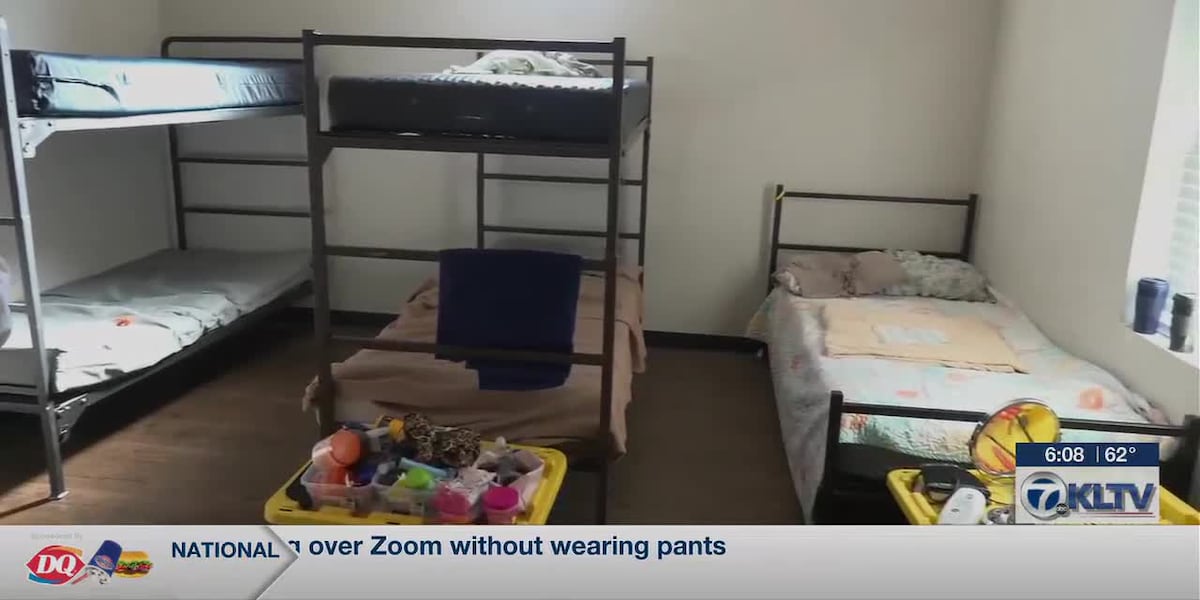








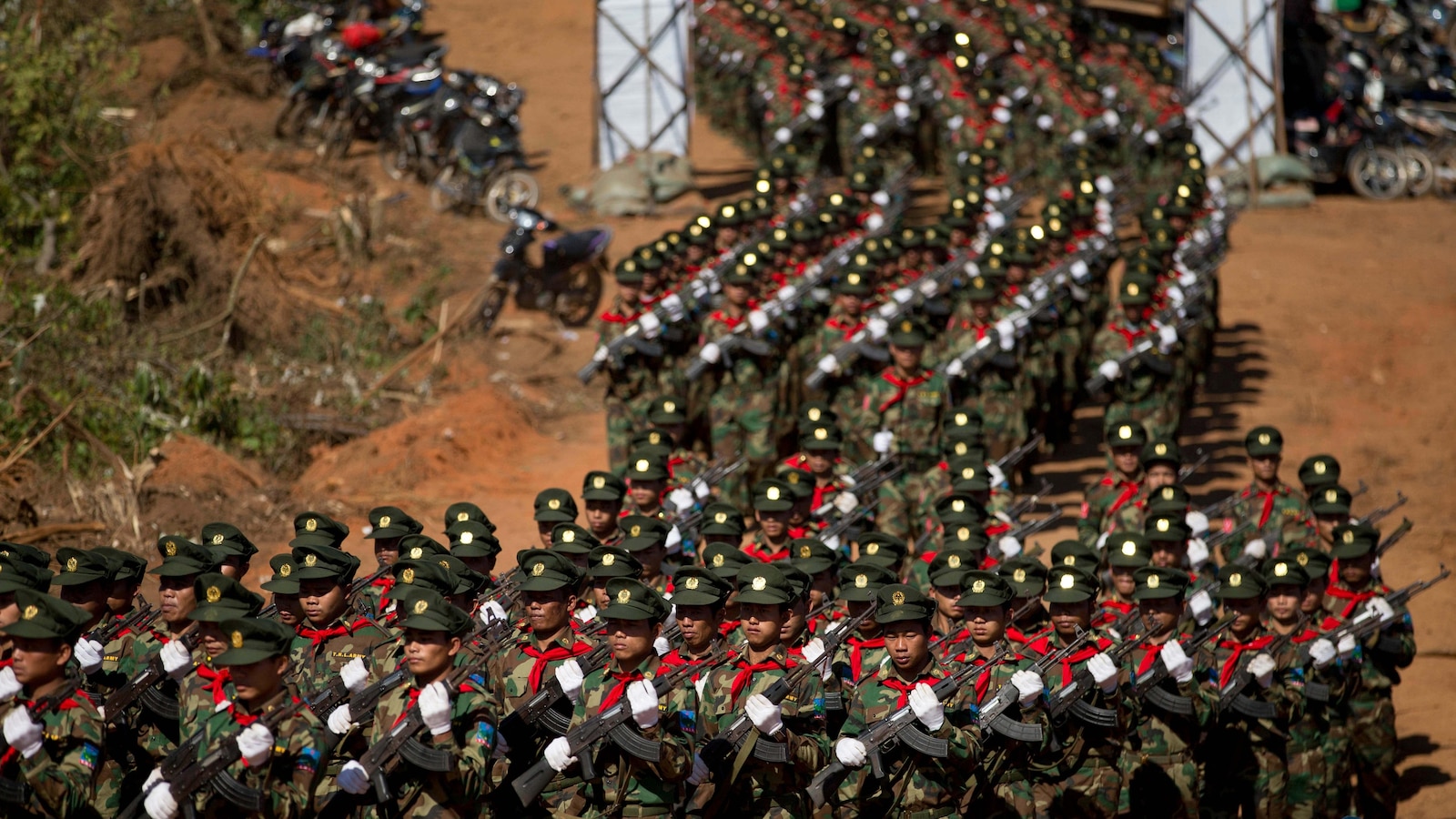




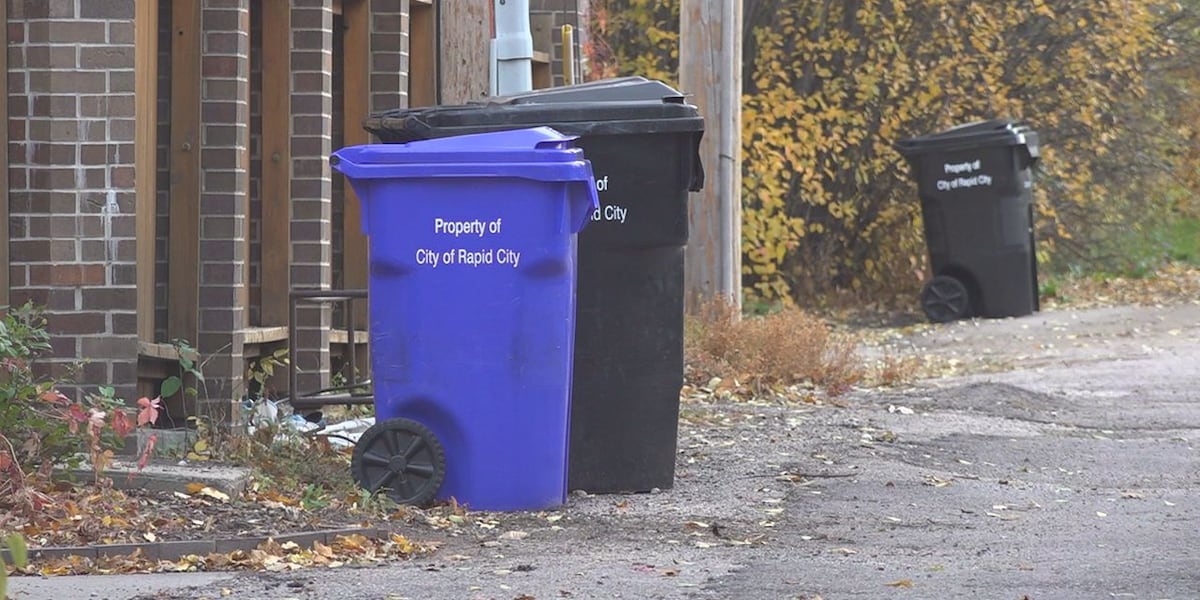









;Resize=805#)









